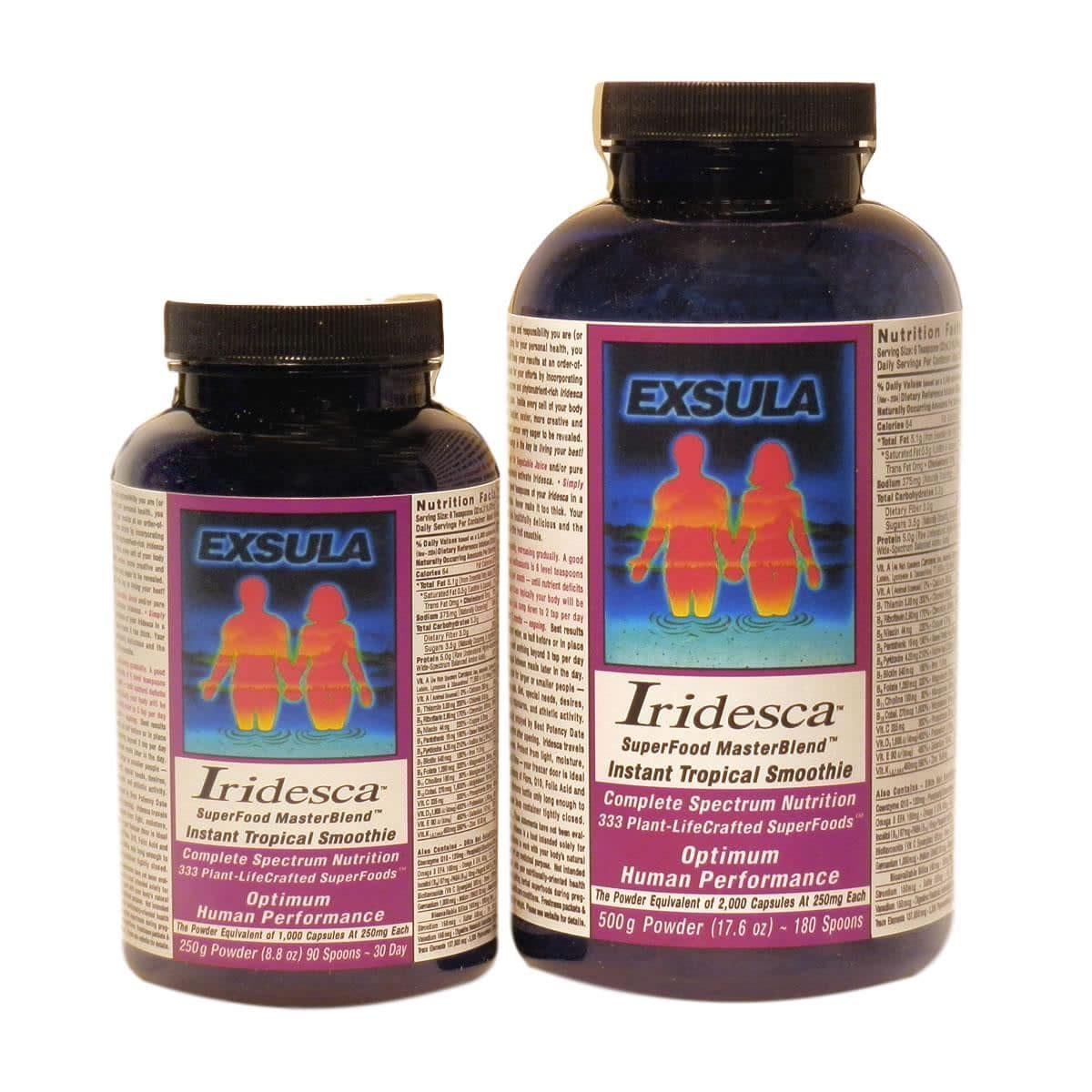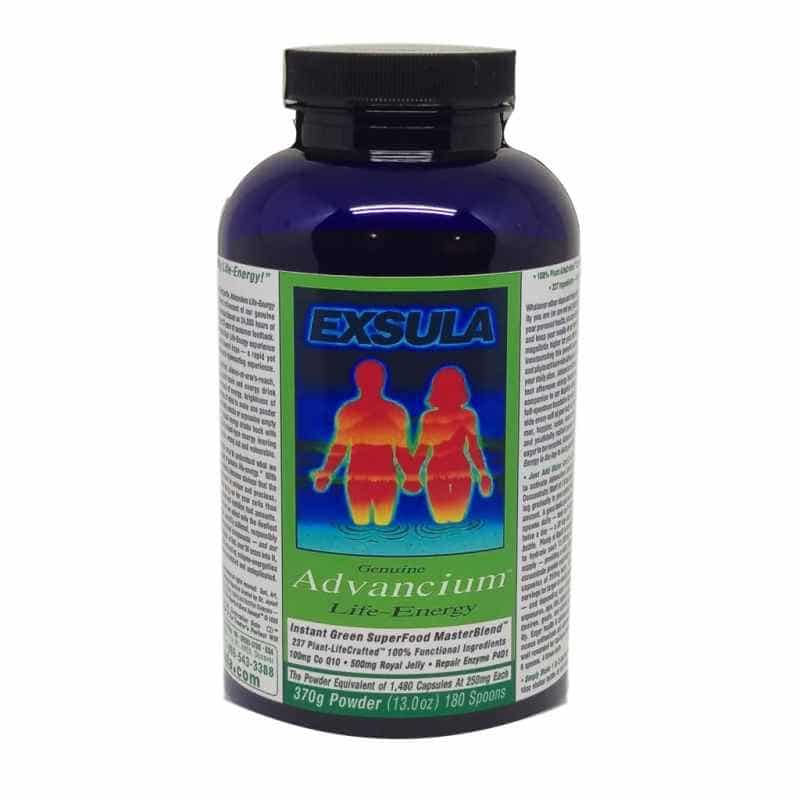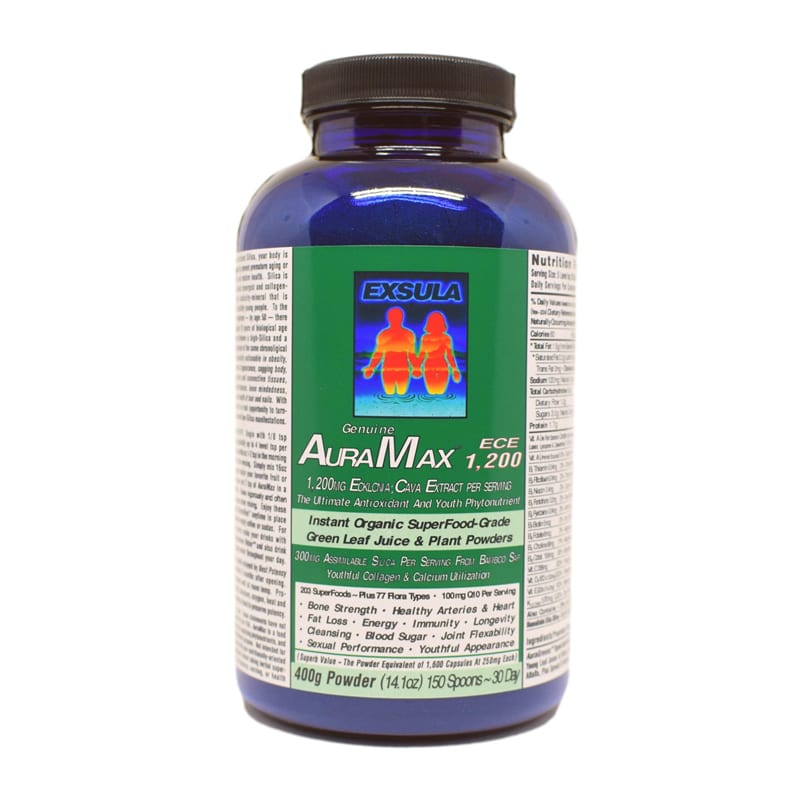No products in the cart.
Bitter Melon or Balsam Pear
Momordica Charantia, Ampalaya, Karela, Kugazi
The most bitter food on earth, commonly eaten by one-fifth of the people on earth, and a mainstay of healers in China, Japan, India, (used at Mother Teresa’s cancer and leprosy clinics, (first Ayurvedic uses recorded 1,000 BC), Africa, Philippines, the Caribbean, Central and South America, and recently in America, (now served in Hollywood juice bars). Often eaten for detoxification and for relief of hepatitis and neuromuscular situations. It is Scientifically acknowledged for its liver cleansing characteristics, increased blood oxygen delivery and parasite ridding qualities (round worm, ringworm, malaria and others). Enthusiasts declare increased energy, reduced aches and pains and enhanced sense of well-being, more beautiful skin and clearing of acne and psoriasis.
For dieters and diabetics, it is a source of an insulin-like substance, polypeptide-P, and also is noted to increase pancreatic beta cells, source of the body’s own insulin – ultimately moderating blood sugar and temperament as well as reducing sugar cravings for naturally reducing body fat. Long used elsewhere as an immune system tonic, a 1983 UCLA and Kansas State University collaboration reported anti-tumor activity. (A view made popular in certain alternative healing circles by Hulda Clark’s book, draws a connection between parasites and cancer.) Further, a 1990, New York University School of medicine report identified a specific protein in bitter melon called MAP-30, as an “inhibitor of HIV infection and replication.” Enthusiast’s, since eating bitter melon on a daily basis, report substantial to dramatic increases in immune factors across the board – Perhaps a reason why it is also regarded as a tonic for colds and flu.
4:1 extract. Polypeptide – P, the protein MAP 30, beta carotenes, calcium, iron and other minerals, vitamin B complex and C
Synonyms: Momordica chinensis, M. elegans, M. indica, M. operculata, M. sinensis, Sicyos fauriei
Common Names: bitter melon, papailla, melao de sao caetano, bitter gourd, balsam apple, balsam pear, karela, k’u kua kurela, kor-kuey, ku gua, pava-aki, salsamino, sorci, sorossi, sorossie, sorossies, pare, peria laut, peria
Part Used: whole plant, fruit, seed
It has been suggested that Bitter Melon has anti-tumor and antiviral actions. MAP 30 is a protein found in Bitter Melon that is believed to have multiple functions that could be beneficial in treating HIV infection. Two proteins in the seeds of the Bitter Melon appear to be able to modulate the activity of lymphocytes which could suppress macrophage activity; but are not cyto-toxic. There are no studies to support this claim. There have been research studies that suggest Bitter Melon may lower blood sugar by increasing the activity of enzymes in your body that convert sugar into glycogen, which can be stored in your liver and used later for energy. Asian researchers have published studies regarding Bitter Melon’s effectiveness in lowering blood sugar. Known as the Sugar Destroyer, Karela is historically given in cases of Diabetes and related conditions for blood-sugar control. It has been suggested that Bitter Melon (Momordica) has anti-tumor and antiviral actions. MAP 30 is a protein found in Bitter Melon that is believed to have multiple functions that could be beneficial in treating HIV infection.
Quoted from Raintree Nutrition
Bitter melon is one of the few agents which has the potential to bolster a flagging pancreas. It has been recommended by the Department of Health of the Philippines as one of the best herbal medicines for it’s ability to help with liver problems, Diabetes and HIV. It is an excellent natural remedy for the common cold.
| MAIN ACTIONS: | OTHER ACTIONS: |
| kills bacteria | reduces inflammation |
| kills viruses | fights free radicals |
| kills cancer cells | enhances libido |
| kills leukemia cells | cleanses blood |
| prevents tumors | reduces secretions |
| prevents ulcers | detoxifies |
| treats diabetes | expels worms |
| reduces blood sugar | balances hormones |
| reduces blood pressure | stimulates immune cells |
| stimulates digestion | kills insects |
| lowers body temperature | moves bowels |
| . | promotes milk flow |
Bitter melon grows in tropical areas, including parts of the Amazon, east Africa, Asia, and the Caribbean, and is cultivated throughout South America as a food and medicine. It’s a slender, climbing annual vine with long-stalked leaves and yellow, solitary male and female flowers borne in the leaf axils. The fruit looks like a warty gourd, usually oblong and resembling a small cucumber. The young fruit is emerald green, turning to orange-yellow when ripe. At maturity, the fruit splits into three irregular valves that curl backwards and release numerous reddish-brown or white seeds encased in scarlet arils. The Latin name Momordica means “to bite,” referring to the jagged edges of the leaves, which appear as if they have been bitten. All parts of the plant, including the fruit, taste very bitter.
Tribal And Herbal Medicine Uses
In the Amazon, local people and indigenous tribes grow bitter melon in their gardens for food and medicine. They add the fruit and/or leaves to beans and soup for a bitter or sour flavor; parboiling it first with a dash of salt may remove some of the bitter taste. Medicinally, the plant has a long history of use by the indigenous peoples of the Amazon. A leaf tea is used for diabetes, to expel intestinal gas, to promote menstruation, and as an antiviral for measles, hepatitis, and feverish conditions. It is used topically for sores, wounds, and infections and internally and externally for worms and parasites.
In Brazilian herbal medicine, bitter melon is used for tumors, wounds, rheumatism, malaria, vaginal discharge, inflammation, menstrual problems, diabetes, colic, fevers, worms. It is also used to induce abortions and as an aphrodisiac. It is prepared into a topical remedy for the skin to treat vaginitis, hemorrhoids, scabies, itchy rashes, eczema, leprosy and other skin problems. In Mexico, the entire plant is used for diabetes and dysentery; the root is a reputed aphrodisiac. In Peruvian herbal medicine, the leaf or aerial parts of the plant are used to treat measles, malaria, and all types of inflammation. In Nicaragua, the leaf is commonly used for stomach pain, diabetes, fevers, colds, coughs, headaches, malaria, skin complaints, menstrual disorders, aches and pains, hypertension, infections, and as an aid in childbirth.
Plant Chemicals
Bitter melon contains an array of biologically active plant chemicals including triterpenes, proteins, and steroids. One chemical has clinically demonstrated the ability to inhibit the enzyme guanylate cyclase that is thought to be linked to the cause of psoriasis and also necessary for the growth of leukemia and cancer cells. In addition, a protein found in bitter melon, momordin, has clinically demonstrated anticancerous activity against Hodgkin’s lymphoma in animals. Other proteins in the plant, alpha- and beta-momorcharin and cucurbitacin B, have been tested for possible anticancerous effects. A chemical analog of these bitter melon proteins has been developed, patented, and named “MAP-30”; its developers reported that it was able to inhibit prostate tumor growth. Two of these proteins-alpha- and beta-momorcharin-have also been reported to inhibit HIV virus in test tube studies. In one study, HIV-infected cells treated with alpha- and beta-momorcharin showed a nearly complete loss of viral antigen while healthy cells were largely unaffected. The inventor of MAP-30 filed another patent which stated it was “useful for treating tumors and HIV infections … ” Another clinical study showed that MAP-30’s antiviral activity was also relative to the herpes virus in vitro.
In numerous studies, at least three different groups of constituents found in all parts of bitter melon have clinically demonstrated hypoglycemic (blood sugar lowering) properties or other actions of potential benefit against diabetes mellitus. These chemicals that lower blood sugar include a mixture of steroidal saponins known as charantins, insulin-like peptides, and alkaloids. The hypoglycemic effect is more pronounced in the fruit of bitter melon where these chemicals are found in greater abundance. Alkaloids, charantin, charine, cryptoxanthin, cucurbitins, cucurbitacins, cucurbitanes, cycloartenols, diosgenin, elaeostearic acids, erythrodiol, galacturonic acids, gentisic acid, goyaglycosides, goyasaponins, guanylate cyclase inhibitors, gypsogenin, hydroxytryptamines, karounidiols, lanosterol, lauric acid, linoleic acid, linolenic acid, momorcharasides, momorcharins, momordenol, momordicilin, momordicins, momordicinin, momordicosides, momordin, multiflorenol, myristic acid, nerolidol, oleanolic acid, oleic acid, oxalic acid, pentadecans, peptides, petroselinic acid, polypeptides, proteins, ribosome-inactivating proteins, rosmarinic acid, rubixanthin, spinasterol, steroidal glycosides, stigmasta-diols, stigmasterol, taraxerol, trehalose, trypsin inhibitors, uracil, vacine, v-insulin, verbascoside, vicine, zeatin, zeatin riboside, zeaxanthin, and zeinoxanthin are all found in bitter lemon.
Biological Activities and Clinical Research
To date, close to 100 in vivo studies have demonstrated the blood sugar-lowering effect of this bitter fruit. The fruit has also shown the ability to enhance cells’ uptake of glucose, to promote insulin release, and to potentiate the effect of insulin. In other in vivo studies, bitter melon fruit and/or seed has been shown to reduce total cholesterol. In one study, elevated cholesterol and triglyceride levels in diabetic rats were returned to normal after 10 weeks of treatment. Several in vivostudies have demonstrated the antitumorous activity of the entire plant of bitter melon. In one study, a water extract blocked the growth of rat prostate carcinoma; another study reported that a hot water extract of the entire plant inhibited the development of mammary tumors in mice. Numerous in vitro studies have also demonstrated the anticancerous and antileukemic activity of bitter melon against numerous cell lines, including liver cancer, human leukemia, melanoma, and solid sarcomas.
Bitter melon, like several of its isolated plant chemicals, also has been documented with in vitro antiviral activity against numerous viruses, including Epstein-Barr, herpes, and HIV viruses. In an in vivo study, a leaf extract increased resistance to viral infections and had an immuno-stimulant effect in humans and animals, increasing interferon production and natural killer cell activity. In addition to these properties, leaf extracts of bitter melon have demonstrated broad-spectrum antimicrobial activity. Various extracts of the leaves have demonstrated in vitro antibacterial activities against E. coli, Staphylococcus, Pseudomonas, Salmonella, Streptobacillus, and Streptococcus; an extract of the entire plant was shown to have anti-protozoal activity against Entamoeba histolytica. The fruit and fruit juice have demonstrated the same type of antibacterial properties and, in another study, a fruit extract demonstrated activity against the stomach ulcer-causing bacteria Helicobacter pylori.
Many in vivo clinical studies have demonstrated the relatively low toxicity of all parts of the bitter melon plant when ingested orally. However, toxicity and even death in laboratory animals has been reported when extracts are injected intravenously. Other studies have shown extracts of the fruit and leaf (ingested orally) to be safe during pregnancy. The seeds, however, have demonstrated the ability to induce abortions in rats and mice, and the root has been documented as a uterine stimulant in animals. The fruit and leaf of bitter melon have demonstrated an in vivo anti-fertility effect in female animals; and in male animals, to affect the production of sperm negatively. Over the years scientists have verified many of the traditional uses of this bitter plant that continues to be an important natural remedy in herbal medicine systems. Bitter melon capsules and tinctures are becoming more widely available in the United States and are employed by natural health practitioners for diabetes, viruses, colds and flu, cancer and tumors, high cholesterol, and psoriasis. Concentrated fruit and seed extracts can be found in capsules and tablets, as well as whole herb/vine powders and extracts in capsules and tinctures.
Contraindications:
- Bitter melon traditionally has been used as an abortive and has been documented with weak uterine stimulant activity; therefore, it is contraindicated during pregnancy.
- This plant has been documented to reduce fertility in both males and females and should therefore not be used by those undergoing fertility treatment or seeking pregnancy.
- The active chemicals in bitter melon can be transferred through breast milk; therefore, it is contraindicated in women who are breast feeding.
- All parts of bitter melon (especially the fruit and seed) have demonstrated in numerous in vivo studies that they lower blood sugar levels. As such, it is contraindicated in persons with hypoglycemia. Diabetics should check with their physicians before using this plant and use with caution while monitoring their blood sugar levels regularly as the dosage of insulin medications may need adjusting.
- Although all parts of the plant have demonstrated active antibacterial activity, none have shown activity against fungi or yeast. Long-term use of this plant may result in the die-off of friendly bacteria with resulting opportunistic overgrowth of yeast (Candida). Cycling off the use of the plant (every 21-30 days for one week) may be warranted, and adding probiotics to the diet may be beneficial if this plant is used for longer than 30 days.
The above text has been quoted from the book, Herbal Secrets of the Rainforest
Drug Interactions: Bitter lemon may potentiate insulin and anti-diabetic drugs and cholesterol-lowering drugs.
Benefits
- The plant is heavily germicidal, meaning that it kills most classes of microbes: viruses, bacteria, and even parasites (but not yeast or fungi).
- The plant is noted for lowering blood sugar, so it has great promise for people with diabetes.
- The anti-viral properties of the plant make it excellent for people suffering with HIV and herpes.
Cautions
- The plant can cause abortions, so it should not be used by pregnant women who wish to remain pregnant.
- The plant lowers blood sugar, so it should be used carefully by people with hypoglycemia.
The implications for treating cancer and especially diabetes are immense. Anyone in a country whose access to herbs is limited can begin to use foods medicinally.
Potential Benefits
Diabetes
Bitter melon has been observed to have blood sugar-lowering effects, but there is only limited research specifically using bitter melon in humans. Bitter melon juice, fruit and dried powder have been used to moderate hypoglycemic effects in small, poorly designed studies. It is not clear what dose may be safe and effective. Bitter melon should not be use by patients with diabetes unless they are closely supervised by a qualified health care provider.
HIV
Some studies suggest that a component of bitter melon seeds may provide benefits for HIV by preventing the virus from infecting human cells. However, these studies have been conducted only in laboratory settings, and no research has been done in humans. Therefore, it is unclear whether there is any benefit from bitter melon in people infected with HIV.
Cancer
Early studies suggest that one of the components of bitter melon extract may be effective in slowing the growth or spread of some types of cancer, particularly breast cancer. Cervical cancer patients (stage II or III) have shown some evidence of immune system response to bitter melon while undergoing radiotherapy in one poorly described study. Research in humans is limited, and more proven therapies are recommended at this time. Further study is needed before a recommendation can be made.







